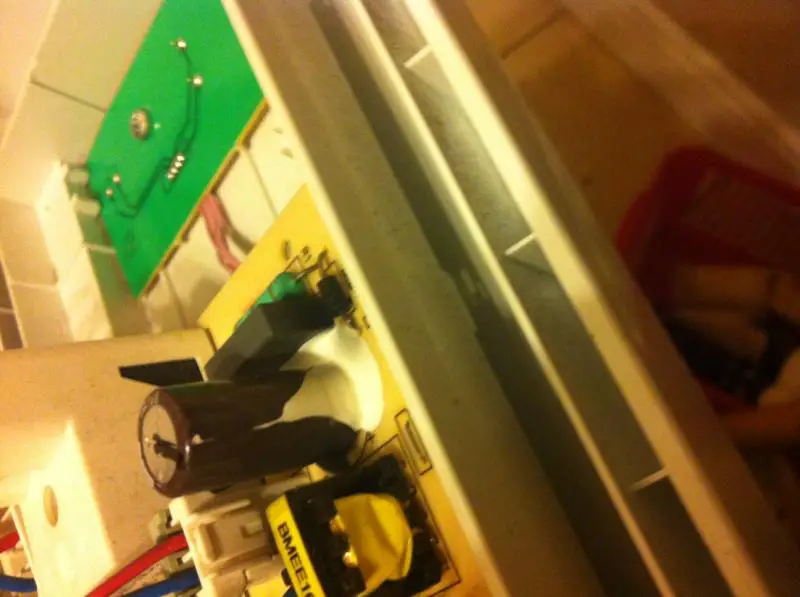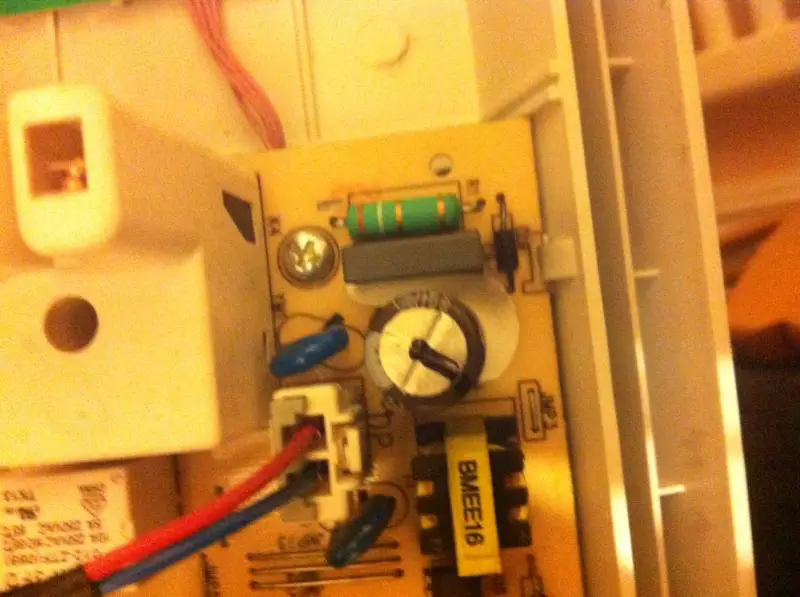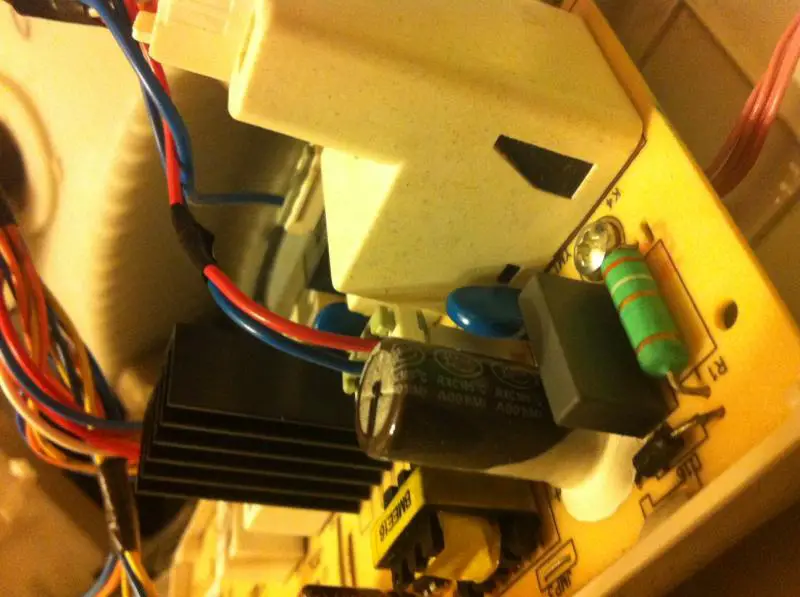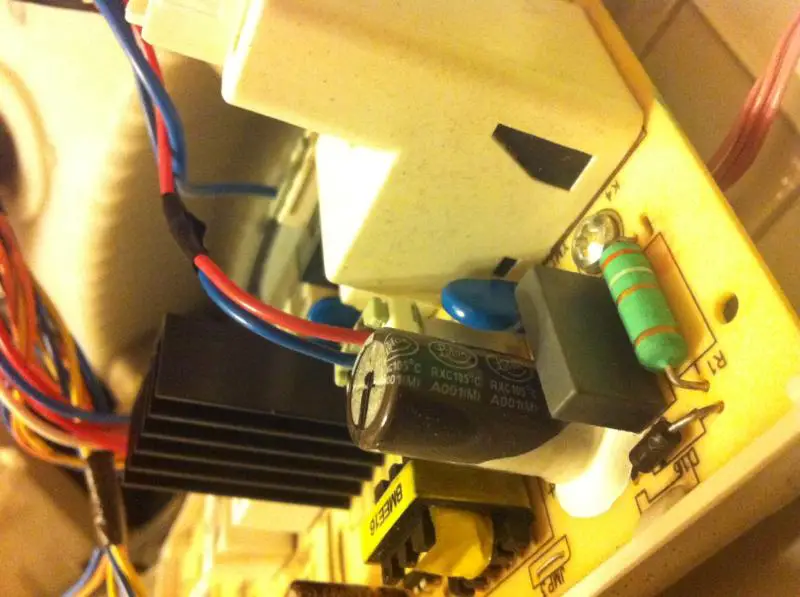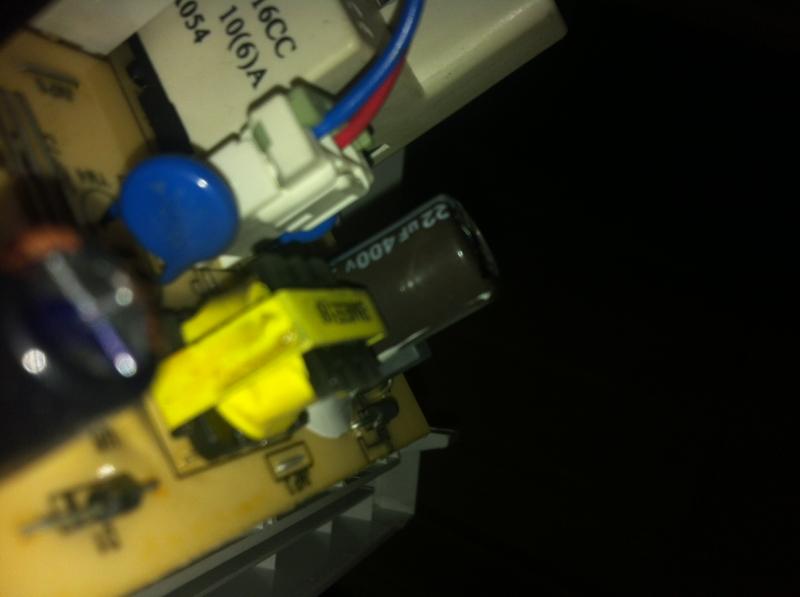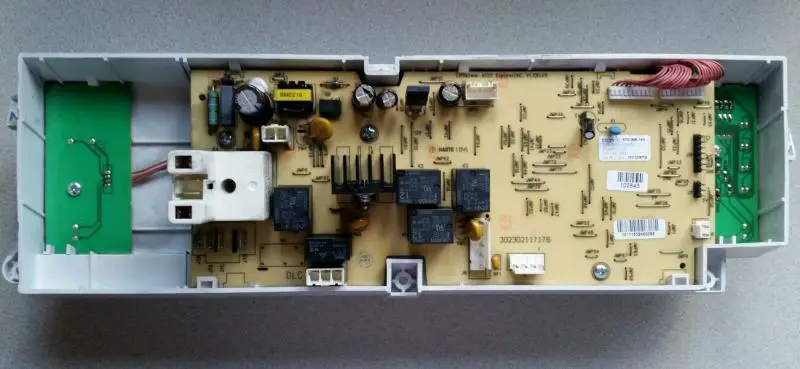Further testing...
I tested the inlet valve the other day by connecting 220v to either solenoid and both operated perfectly well.
However I have just checked the resistance across the coils on each solenoid.
The first one gave 4.96. The second one gave 0.90
Can't remember the setting the meter was on but it was a big difference between the 2 coils.
I tested the inlet valve the other day by connecting 220v to either solenoid and both operated perfectly well.
However I have just checked the resistance across the coils on each solenoid.
The first one gave 4.96. The second one gave 0.90
Can't remember the setting the meter was on but it was a big difference between the 2 coils.


